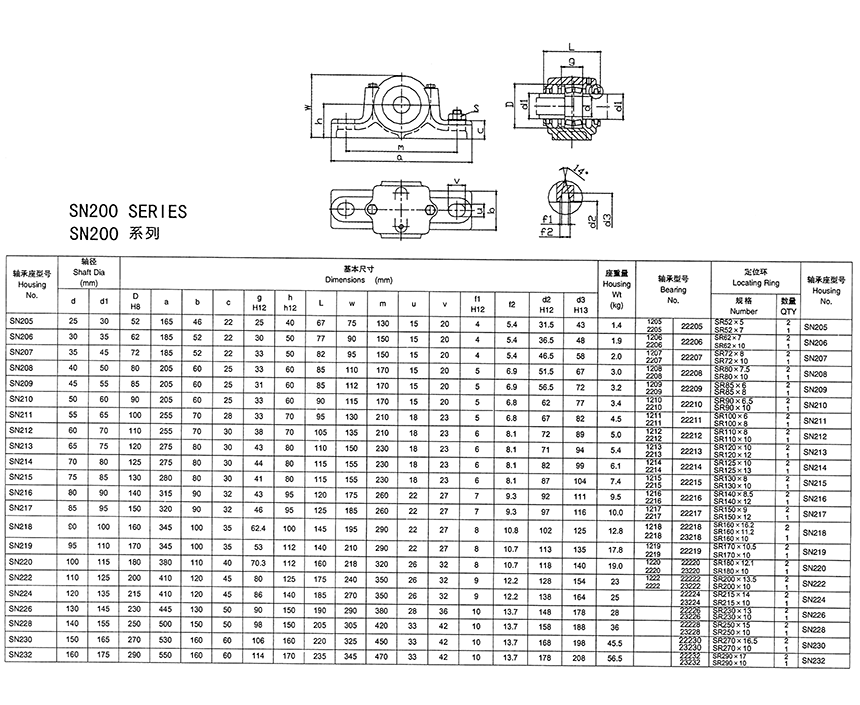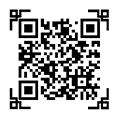(1) The basis for selecting and cooperating with each other
According to the relativity of the load acting on the bearing retainer sleeve and the rotation status of the collar, there are three types of loads borne by the retainer sleeve: partial load, cyclic system load, and shaking load. The general circulating system load (rotational load) and shaking load shall be closely matched; Except for special requirements for application, tight fitting is generally not suitable for partial loads. When the fastening sleeve collar bears the load and is heavily loaded, both the inner and outer sides should choose a transition fit, but sometimes the outer side can be slightly loosened, and radial swing should also be made in the housing hole of the fastening sleeve seat; When the tight sleeve collar bears the shaking load and the load is relatively light, a slightly looser mutual fit than the tight mutual fit can be selected.

(2) Load size
The clearance fit amount between the fastening sleeve collar and the shaft or housing hole depends on the size of the load. When the load is too heavy, a large clearance fit amount is selected to cooperate with each other; When the load is relatively light, select a small gap fit to cooperate with each other. Generally, the axial load P is lower than 0. At 07C, it is a light load, with P exceeding 0. 07C and equal to or lower than 0. At 15C, it refers to all normal loads, with P exceeding 0. At 15C, the main load (C is the rated load of the locking sleeve).
(3) Operating temperature
During the operation of the fastening sleeve, the temperature of the collar is often higher than the temperature of adjacent parts. Therefore, the inner ring of the fastening sleeve will become loose from the shaft due to thermal deformation, and the outer side will be damaged due to thermal deformation, which will cause the fastening sleeve to swing radially in the housing hole wall. When selecting a mutual fit, the temperature difference and the decrease in expansion and contraction of a part of the tightening set equipment should be taken into account. When the temperature difference is large, the mutual fit clearance between the selected shaft and the inner ring should be larger.
(4) Rotational precision
When there is a high rotational precision requirement for the fastening sleeve, in order to eliminate ductile deformation and vibration hazards, it is necessary to prevent the selection of transition fits.
(5) Construction and raw materials of the housing hole of the fastening sleeve
When matching the outer side of the fastening sleeve with the outer side of the casing hole, it is not suitable to select a transition fit, nor to rotate the outer side on the casing hole wall. For fasteners installed on thick wall casing holes, light metal casing holes, or hollow shafts, a more tight fit than thin wall casing holes, pig iron casing holes, or solid core shafts should be selected.
(7) Convenient installation and disassembly
For heavy mechanical equipment, the fastening sleeve should be loosely coupled. When it is necessary to select a tight mutual fit, a separate type set sleeve, an inner ring with a tapered hole, and a set sleeve or a detachable set sleeve can be used.
(8) Radial offset of the locking sleeve
In mutual fitting, when one of the ferrules of the tightening sleeve is specified to be able to swing radially during operation, the loose fit between the outer side of the tightening sleeve and the housing hole of the tightening sleeve seat should be selected.

 | Mobile:15061431555 13951550599 15366460599 |
 | Fax:0515-86621099 |
 | Tel:0515-86622862 |
 | Address:Zhi'er Road, Kaiyuan Industrial Park, Xiangshui Economic Development Zone |